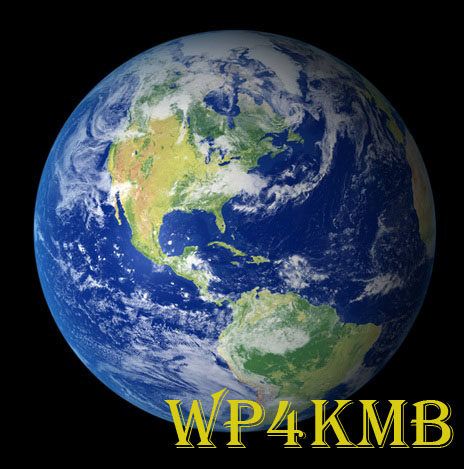ISS Slow Scan TV for 45th Apollo-Soyuz anniversary
ISS Slow Scan TV for 45th Apollo-Soyuz anniversary
ESA Education has released tutorial videos explaining how to make use of various computers and mobile devices to receive the International Space Station SSTV transmissions on 145.800 MHz FM that are expected for the 45th anniversary of the Apollo-Soyuz mission.
Apollo–Soyuz was the first international space mission, carried out jointly by the United States and the Soviet Union in mid-July 1975 and ESA Education say the anniversary will be marked by SSTV transmissions from the ISS.
See the collection of Tutorials videos on how to receive SSTV pictures from the International Space Station for specific operating systems such as Windows 10, Apple iOS & Mac OSX, Android, Raspberry Pi, etc at
https://www.esa.int/ESA_Multimedia/Sets/Radio_ISS/(result_type)/videos
YouTube Tutorials Playlist
https://www.youtube.com/watch?v=HtC-BPcMruA&list=PLbyvawxScNbt5Mjfty4Ik-Tt6du-6N5jD
ESA Education https://twitter.com/ESA__Education/status/1281140713237946370
Wiki Apollo-Soyuz https://en.wikipedia.org/wiki/Apollo%E2%80%93Soyuz
Read the Raspberry Pi article Pictures from space via ham radio
https://www.raspberrypi.org/magpi/pictures-from-space-via-ham-radio/
ISS SSTV info and links https://amsat-uk.org/beginners/iss-sstv/
What is Amateur Radio? http://www.essexham.co.uk/what-is-amateur-radio
Free UK amateur radio online training course https://www.essexham.co.uk/train/foundation-online/
m5aka
AMSAT-UK
Powered by WPeMatico





